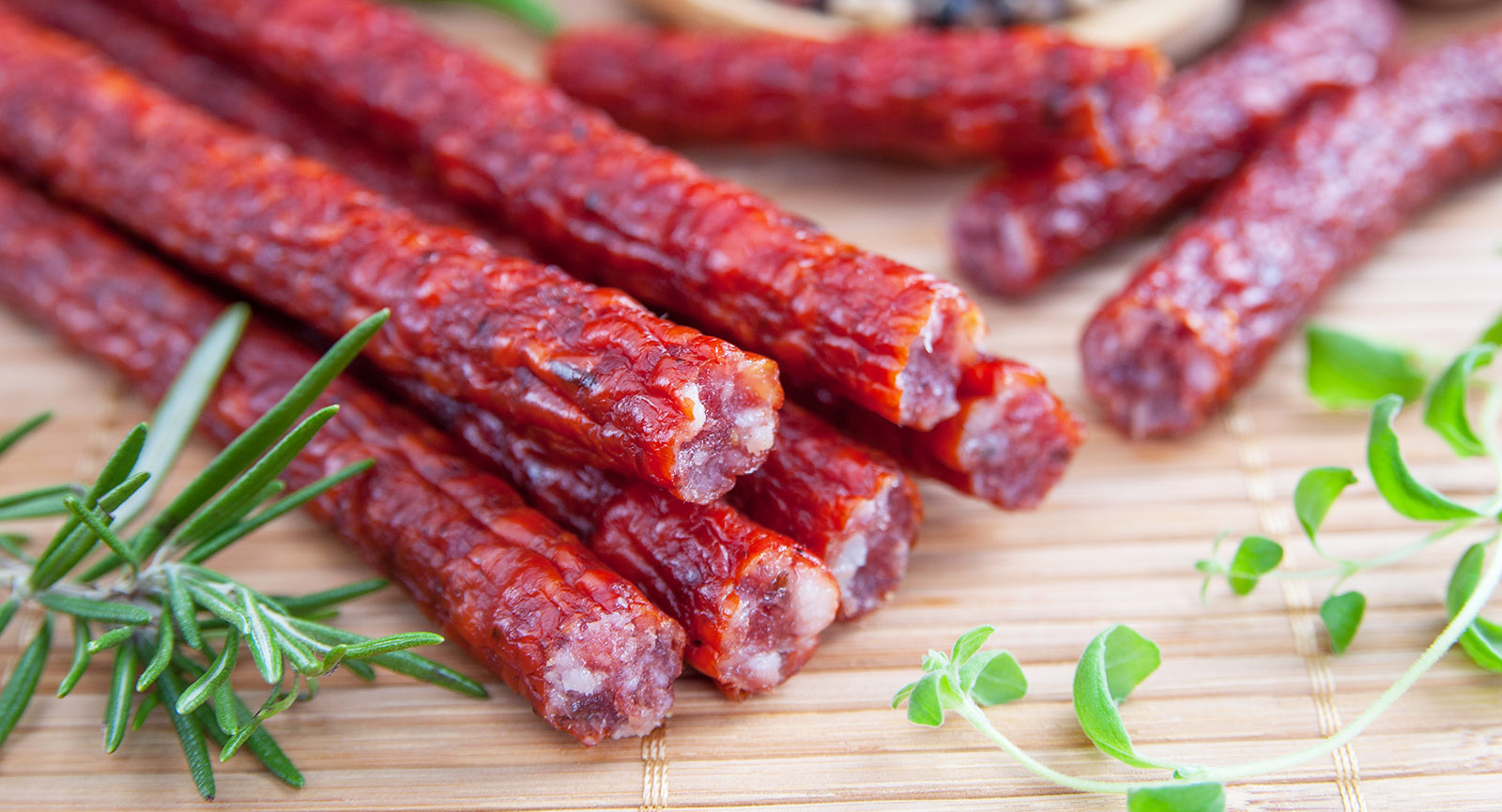
A Storm on the Horizon to Replace Red Dye No.3?
The California Legislature recently passed Food Safety Act Bill 418 which prohibits manufacturing, selling, delivering, distributing, holding, or offering for sale in commerce a food product for human consumption that contains FD&C Red No. 3, also known as Erythrosine. The ban on Red 3 goes into effect in 2027. Red Dye No. 3, like most other FD&C dyes, is a synthetic dye derived mainly from petroleum, which is banned in Europe and has been banned for use in makeup and topical medicines in the US for decades. This ban will certainly cause reformulation complications, but also brings the opportunity to develop natural, clean label alternative to your savory food applications.
A Storm, or a Clean Label, Natural Color Opportunity?
The switch from synthetic to natural colors is never an easy task. From creating color stable applications to matching the vibrancy of the current synthetic color system, there are many challenges to overcome. How will you replicate your vibrant red and pink colors before the ban takes effect in 2027? How will you weather this storm?
Grab Consumers' Attention Using Natural Color Ingredients
By partnering with Kalsec, you are connecting with a leader in harnessing nature’s resources to produce a comprehensive range of reds and pinks. We transform elements present in nature by using technology and creativity to provide natural color solutions for our customer’s needs in the food industry. We offer a broad portfolio of Vegetone® natural colors and Naturebrite® coloring foodstuffs for a variety of savory applications and needs. Many times, matching synthetic color is not a one-to-one swap out – we have an entire range of natural colors to create blends to match all your unique color systems.
Color Ingredients Sourced from the Best of Nature
Reds from anthocyanins, carotenoids and betalains are some of the pigments most widely found in nature. These pigments are responsible for the red colors of many fruits, vegetables, cereal grains and flowers. Our range of naturally sourced pink to red hues are derived from a range of vegetable juices such as red radish, purple sweet potato, black carrot, plus tomato and carmine, and blends of these pigments. Our natural red food colors are available in a range of hues including pink, red, reddish orange and purple – discover our full hue range here.
Kalsec has converted these natural raw materials into food colorings of the highest quality and consistent color strength.
Benefits of Kalsec Natural Colors
- Consistency – Our colors are standardized for consistency batch-to-batch, to deliver the same color impact across all your savory applications.
- Stability – For sensitive applications, such as high temperature processing or light exposed packaging, our Durabrite® stabilization systems will help maintain color vibrancy throughout processing and shelf life.
- Ease of Use – Our offerings are available in a variety of formats to meet different application, regulatory and certifications needs – liquids, powders, oil and water soluble, oleoresin, our patented Aquaresin® emulsification system, organic, kosher, halal, and non-GMO, among others.
- Technical Expertise – our team of color scientists are knowledgeable to supporting customers to make the switch from synthetic to natural color solutions. We’ll work with you at each stage to advise on the right option for your application and processing conditions.
There’s a lot to consider when formulating savory products using natural colors and coloring foodstuffs, and we have the capability to match synthetic color hues in a wide range of savory food applications.x
Talk with Our Color Experts
Connect with our application support team who can help you deliver natural color solutions for your specific applications.
Reach Out